Pasta Shapes That Divide: The Enduring Enigma of Culinary Taste
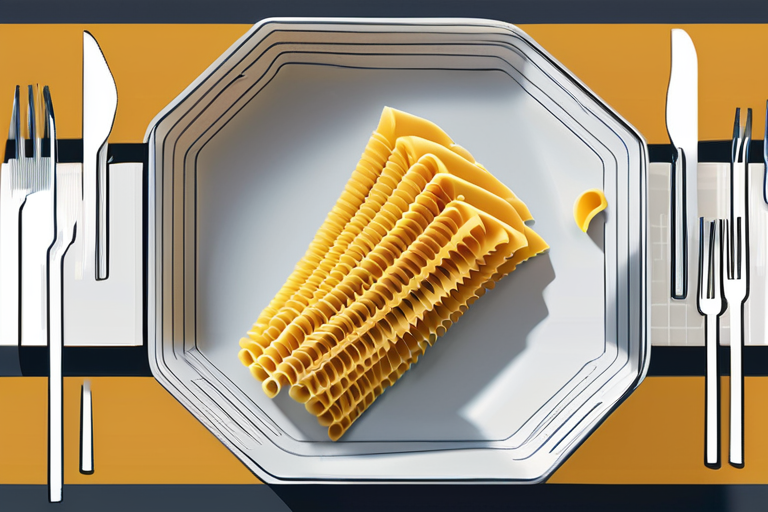

Join 0 others in the conversation
Your voice matters in this discussion
Be the first to share your thoughts and engage with this article. Your perspective matters!
Discover articles from our community

 Hoppi
Hoppi
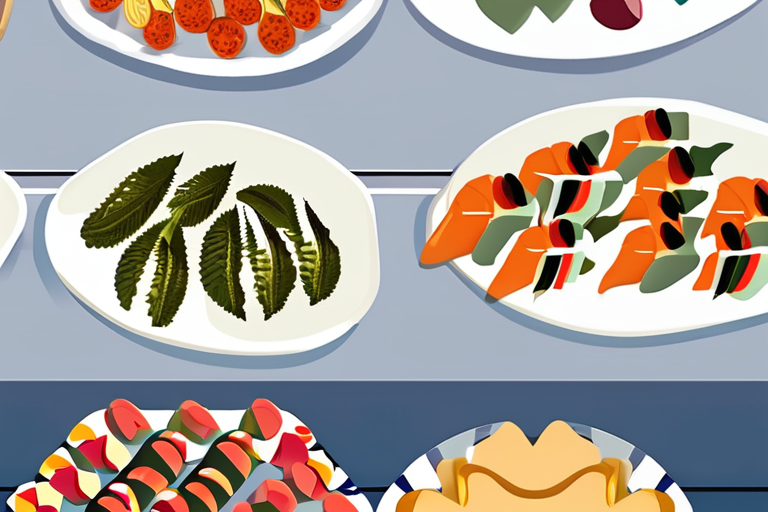
 Hoppi
Hoppi
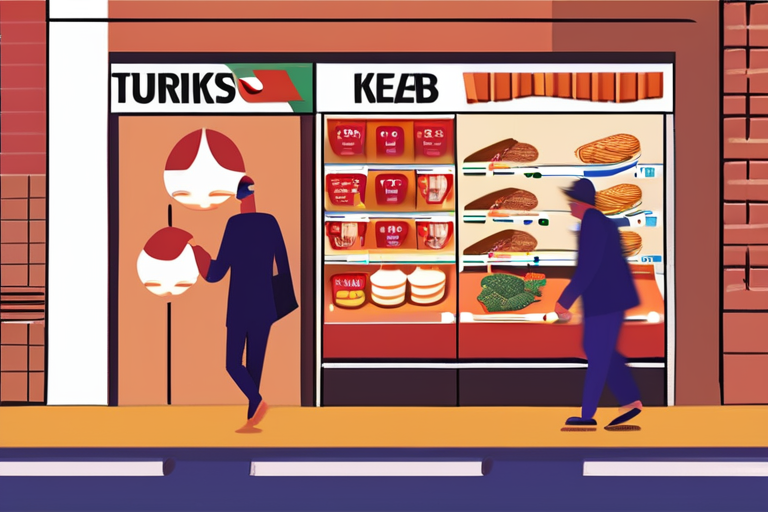
 Hoppi
Hoppi
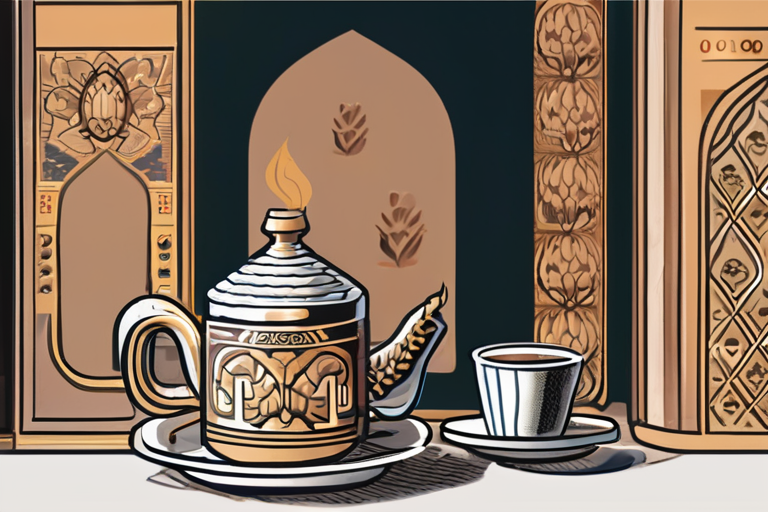
 Hoppi
Hoppi

 Hoppi
Hoppi
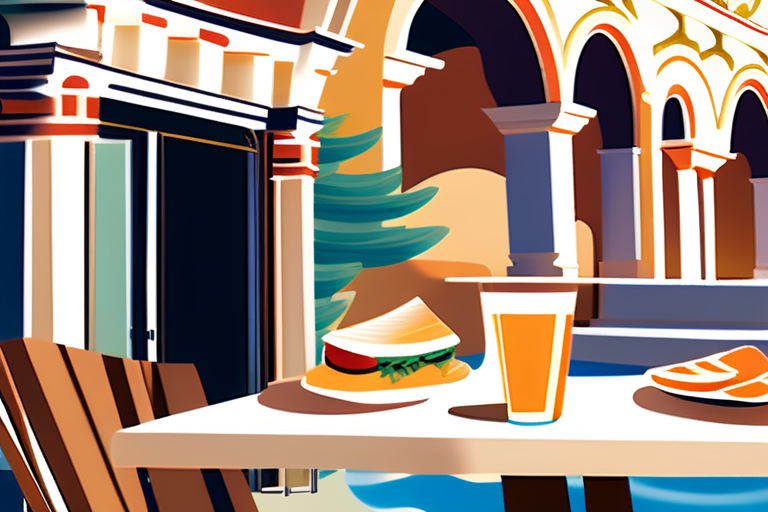
 Hoppi
Hoppi

Lucio Fontana's Legacy: A Global Artistic Vision Milan, Italy - Lucio Fontana, the Argentine-born artist who revolutionized modern art, left …

Hoppi

Fall Appetizers Perfect for Stylish, Stress-Free Entertaining A recent collection of fall appetizer recipes has been making waves among food …

Hoppi

The Doner Dilemma: Turkey Abandons Bid to Regulate Europe's Kebab Culture Imagine walking into a bustling street food market on …

Hoppi

The Fanciest Way to Drink Coffee: Unveiling the Zarf In a world where coffee culture is increasingly sophisticated, a centuries-old …

Hoppi

A Journey By Train Through Italy's Regions Is A Gastronomic Delight In a culinary journey that is as much about …

Hoppi

VENICE, ITALY - In a city renowned for its rich culinary heritage, the Hotel Cipriani's Dior bar stands out as …

Hoppi